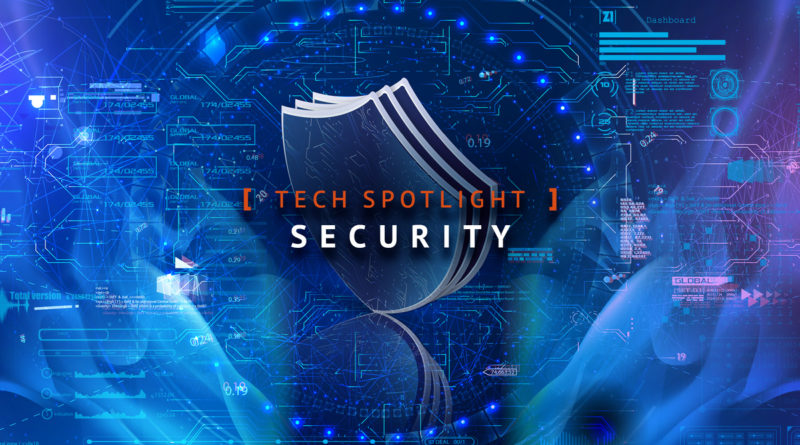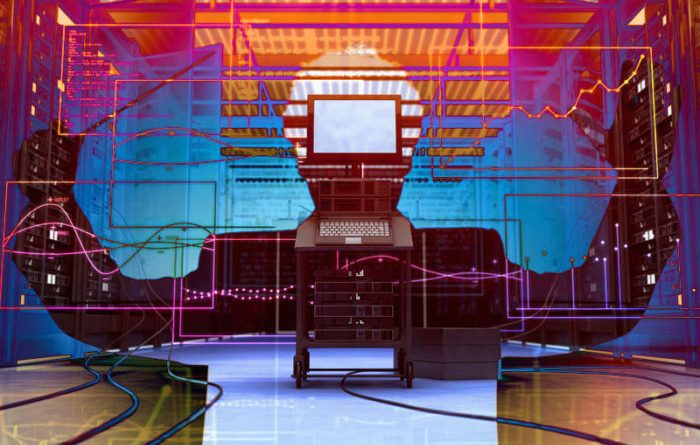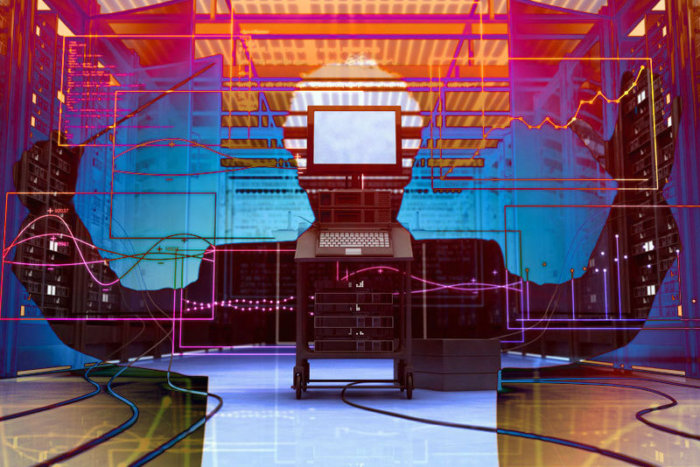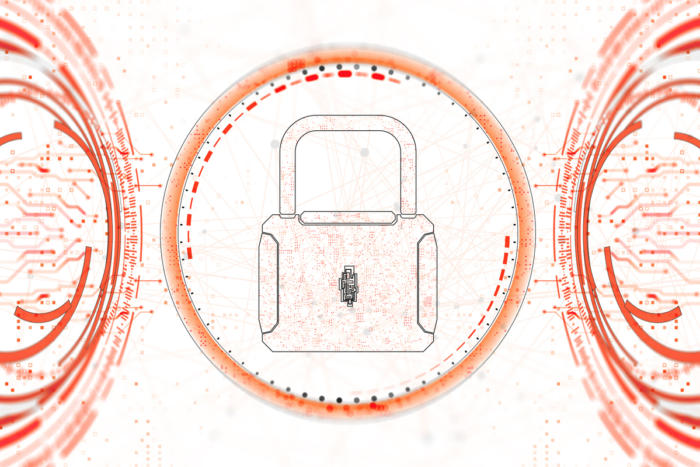Securing the business network has been and continues to be one of the top initiatives for engineers. Suffering a breach can have catastrophic consequences to a business, including lawsuits, fines, and brand damage from which some companies never recover.To combat this, security professionals have deployed a number of security tools, including next-generation firewalls (NGFW) such as Cisco’s Firepower, which is one of the most widely deployed in the industry. Managing firewalls becomes increasingly difficult
Managing a product like Firepower has become increasingly difficult, though, because the speed at which changes need to be made has increased. Digital businesses operate at a pace never seen before in the business world, and the infrastructure teams need to keep up. If they can’t operate at this accelerated pace, the business will suffer. And firewall rules continue to grow in number and complexity, making it nearly impossible to update them manually.To read this article in full, please click here READ MORE HERE…
Read More









